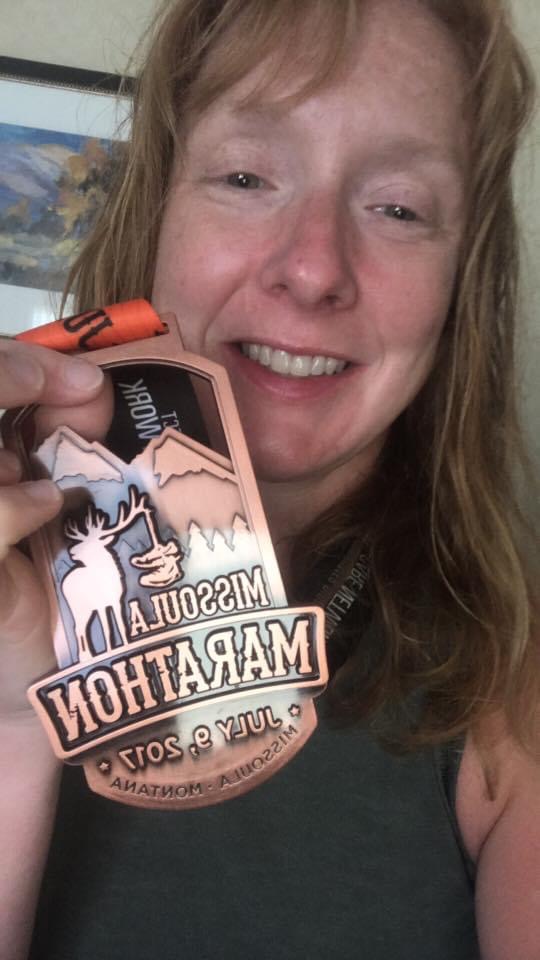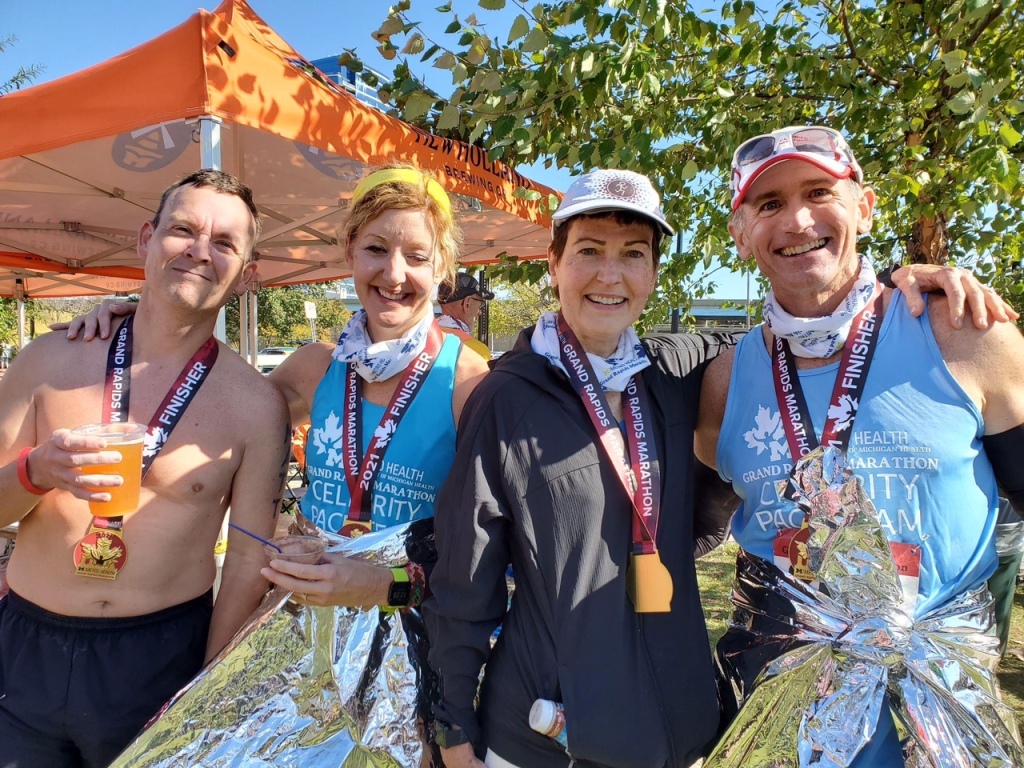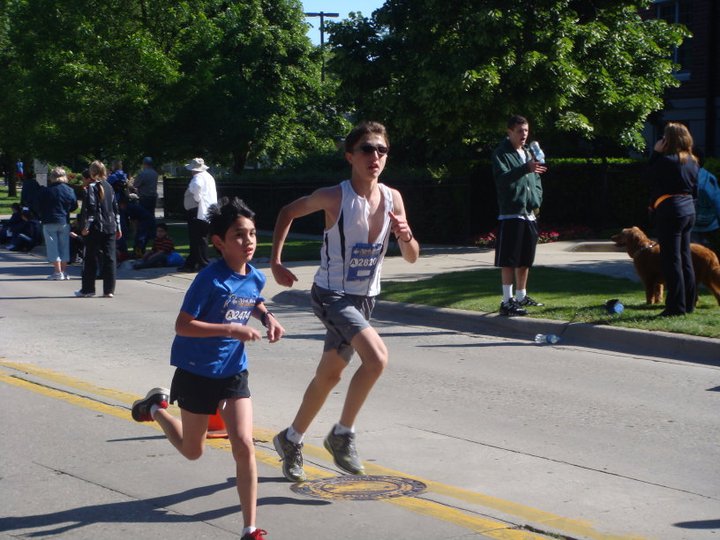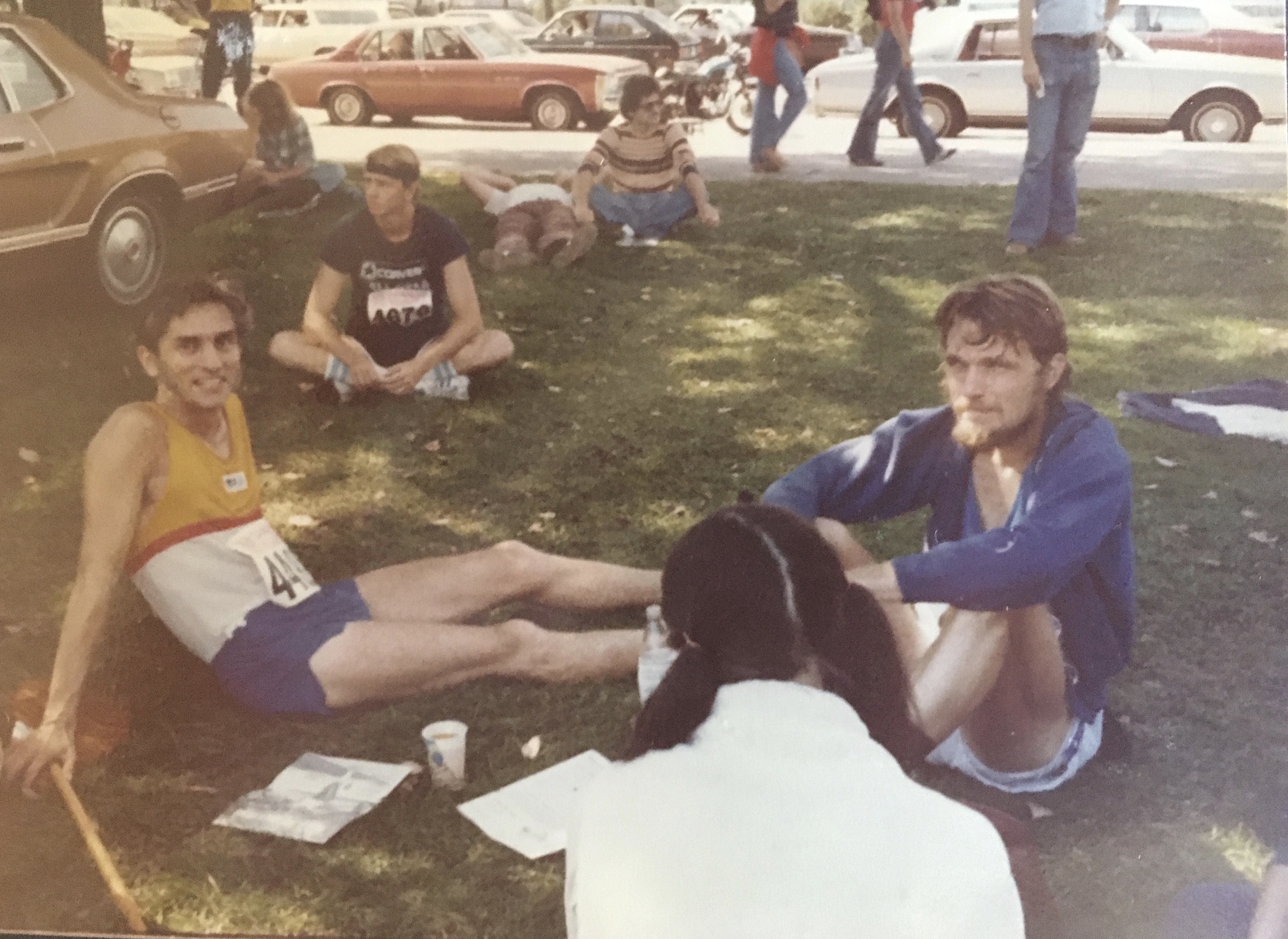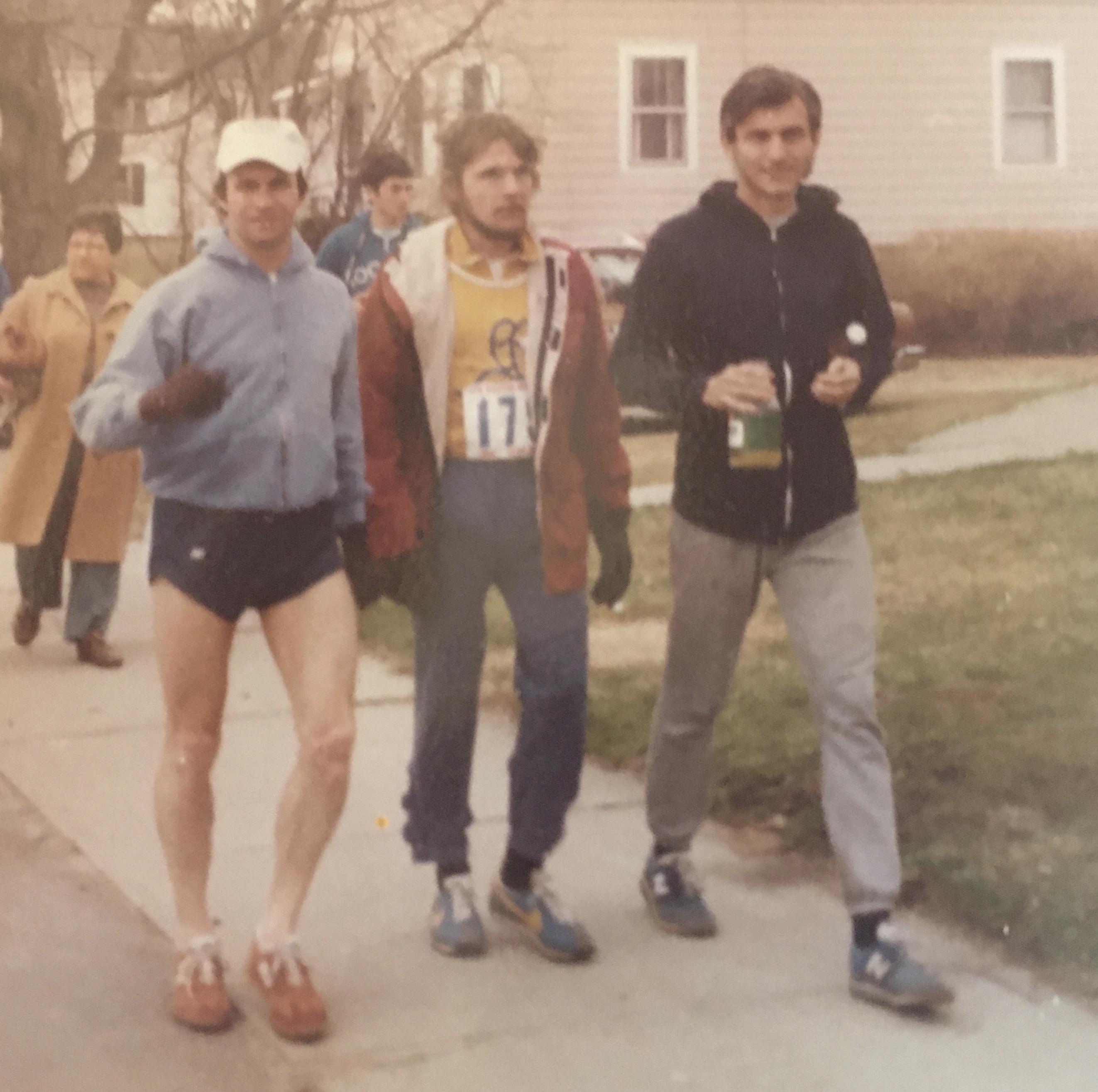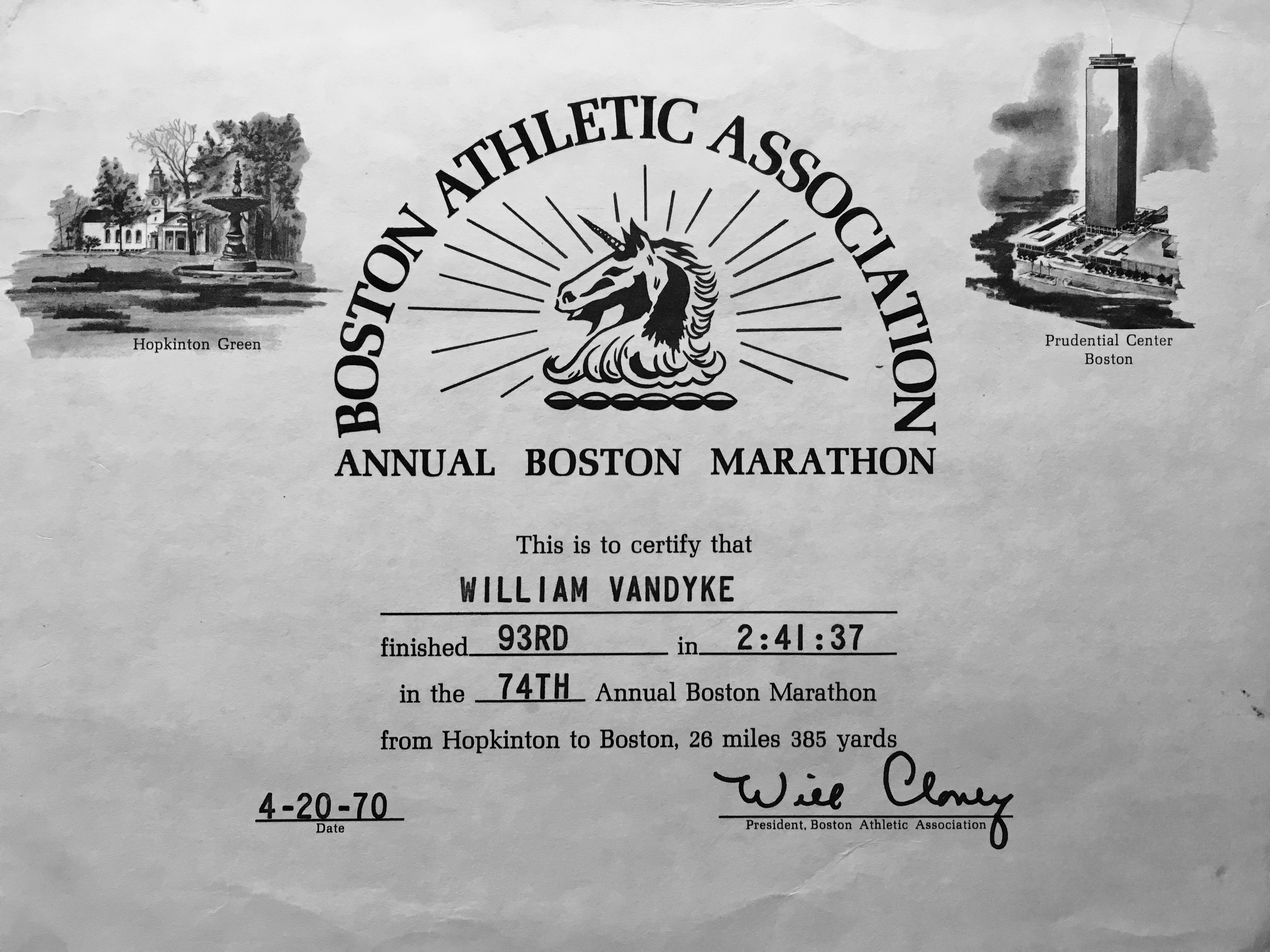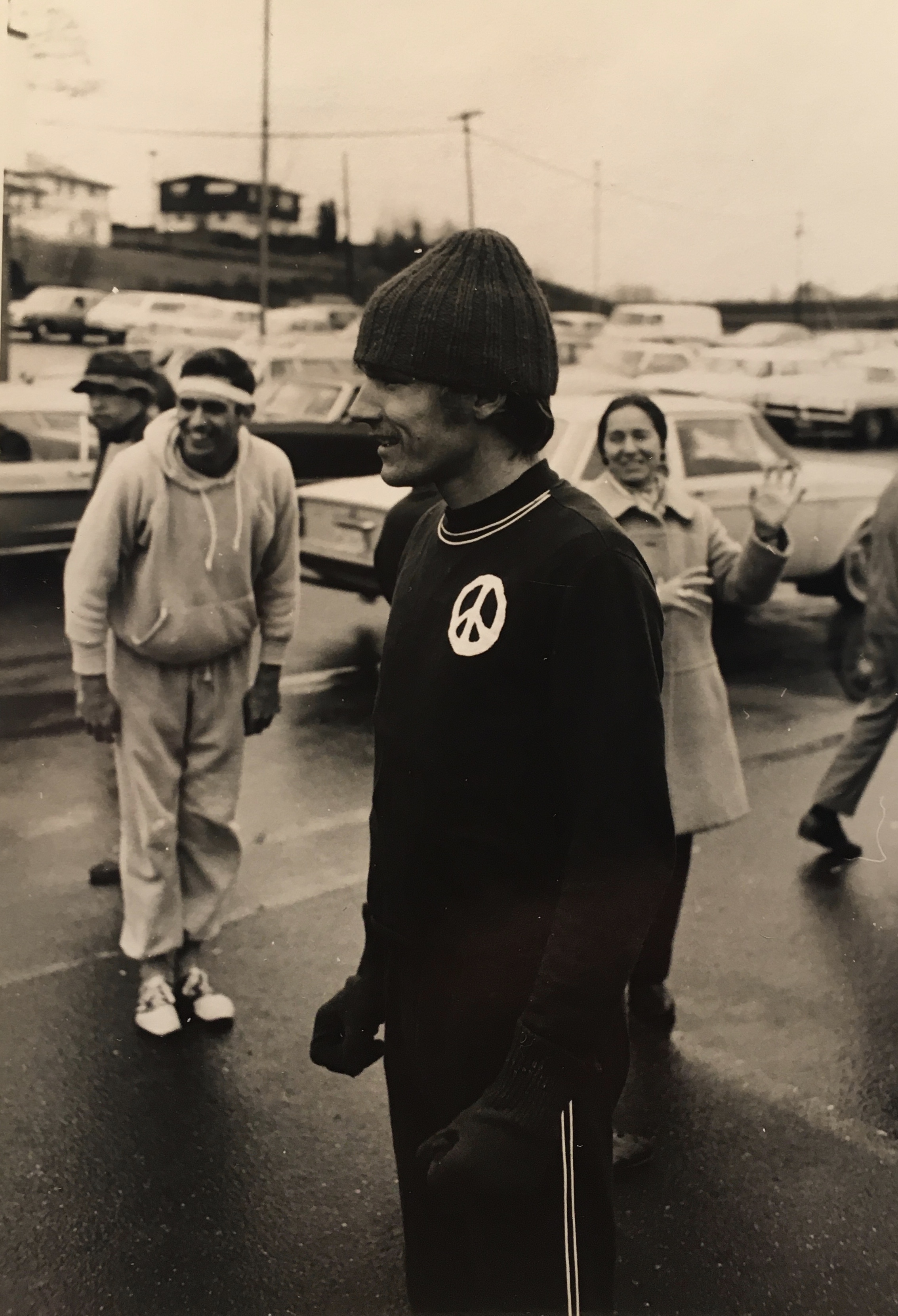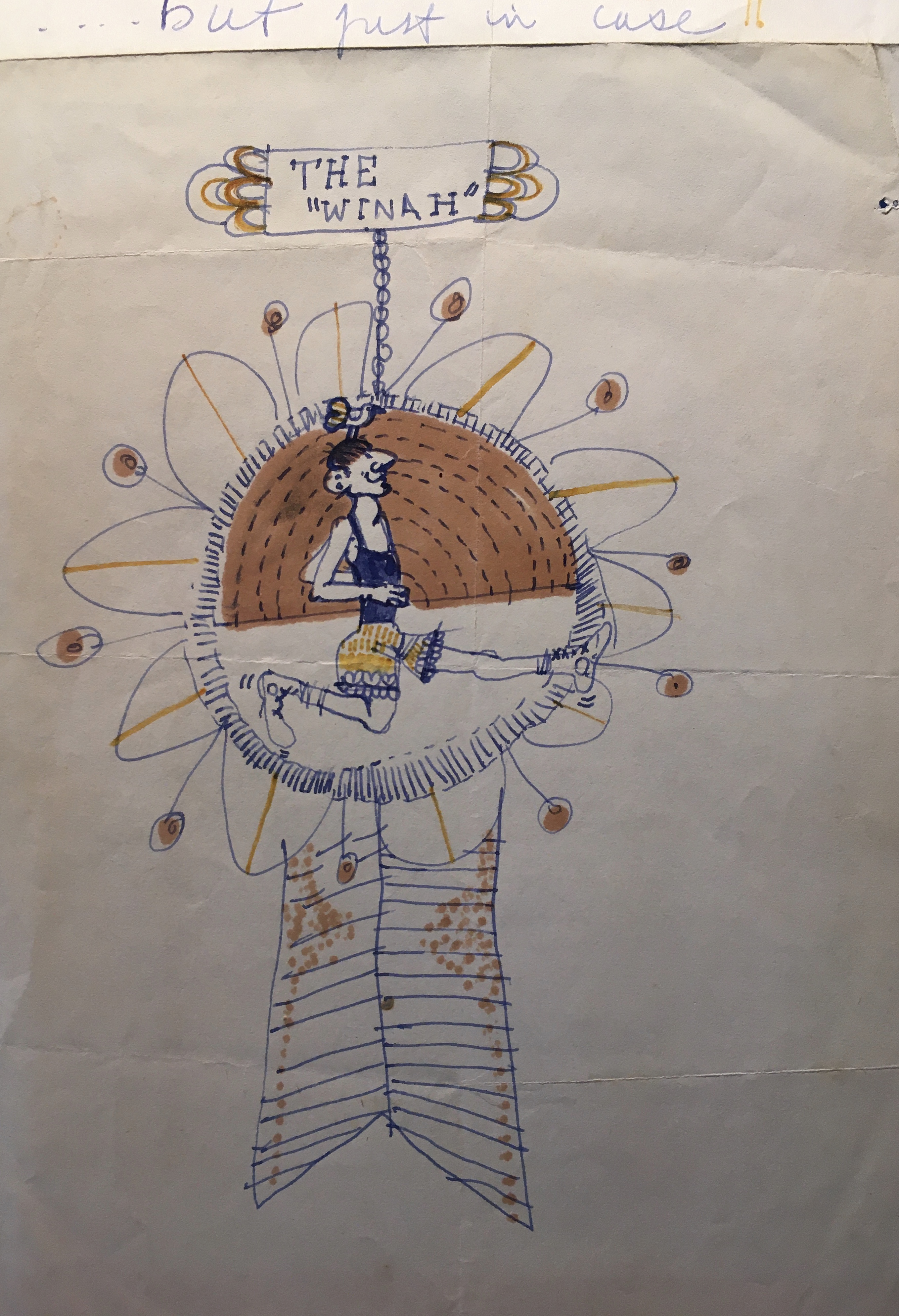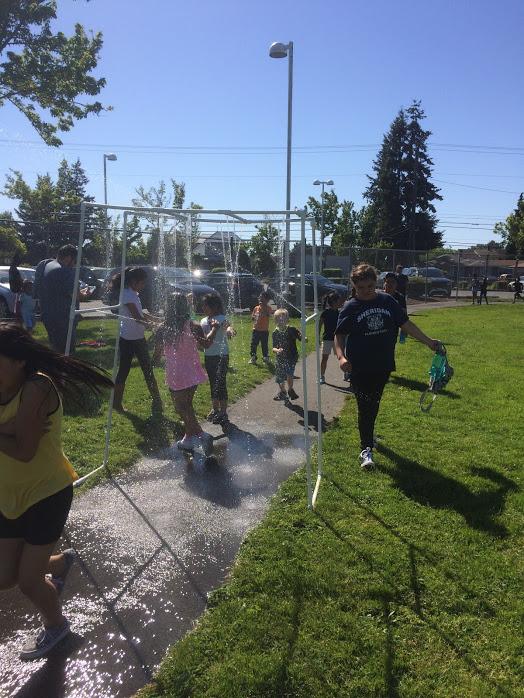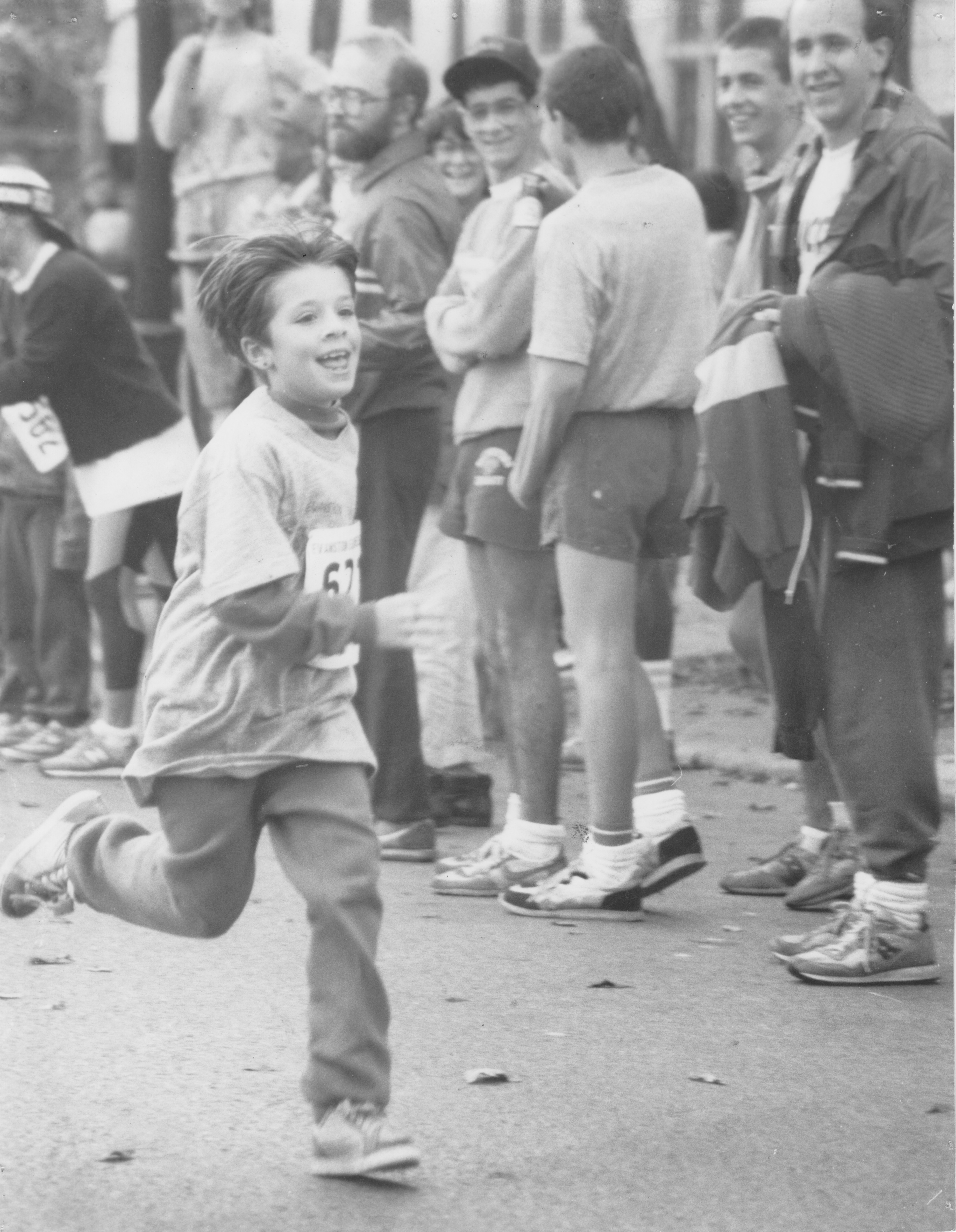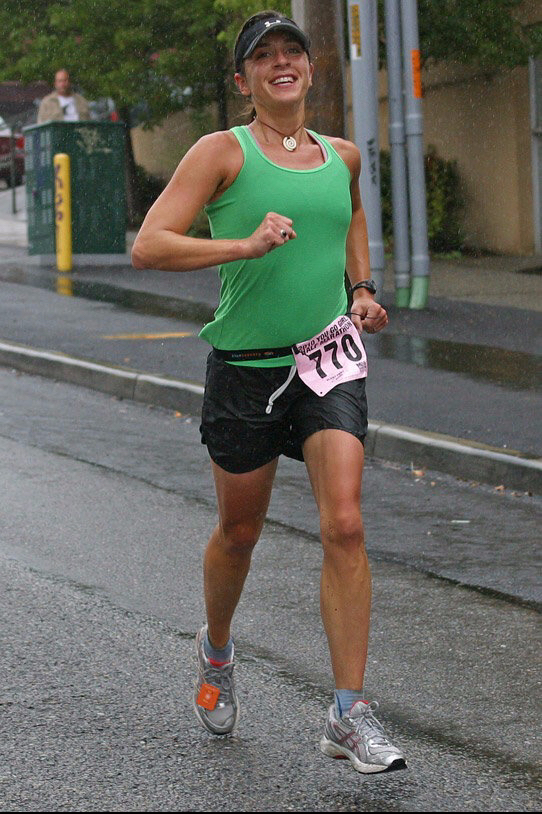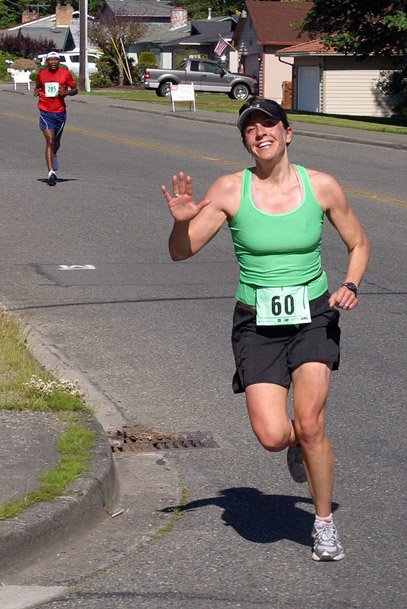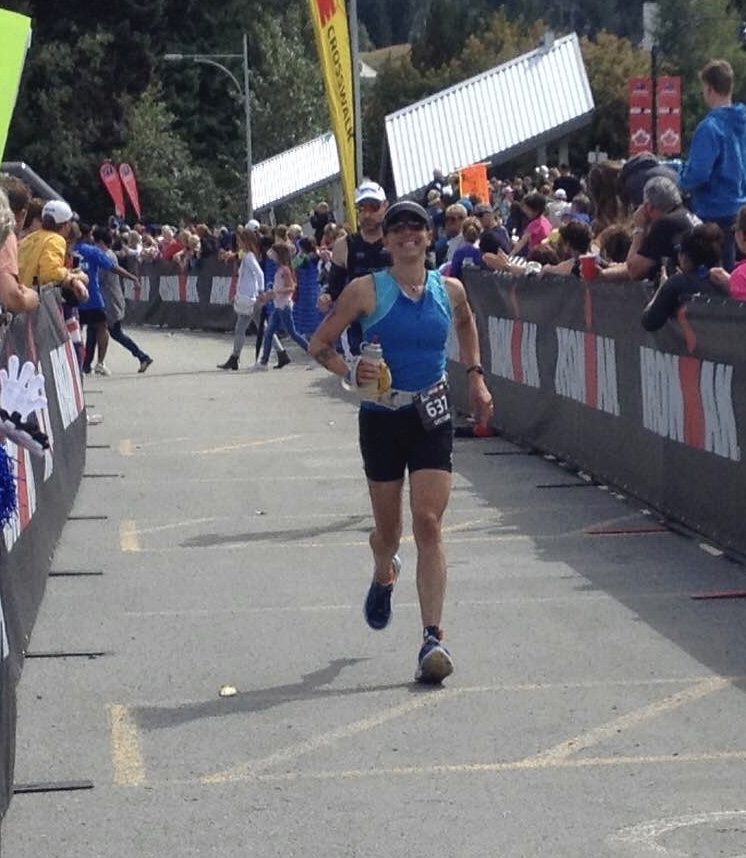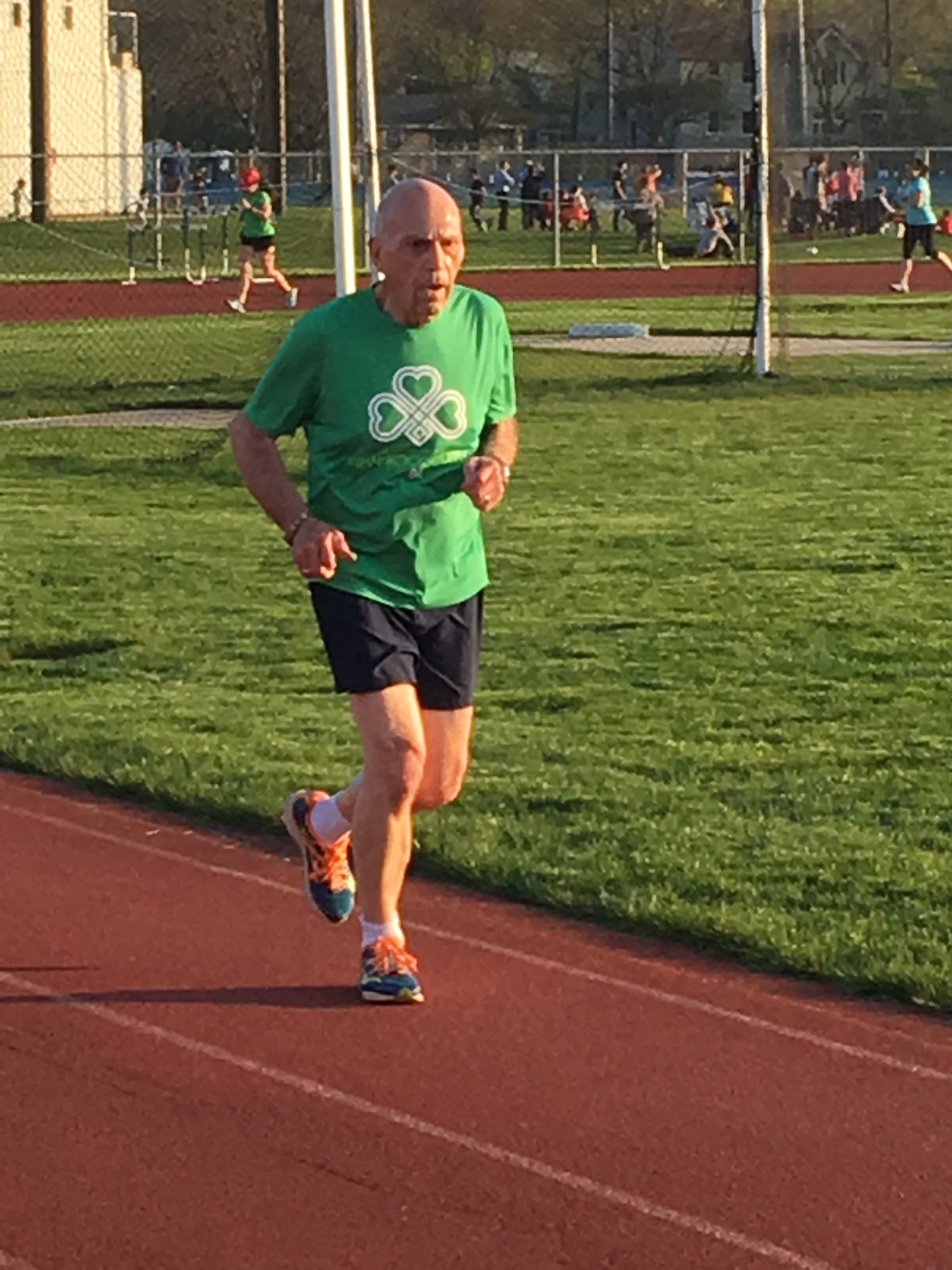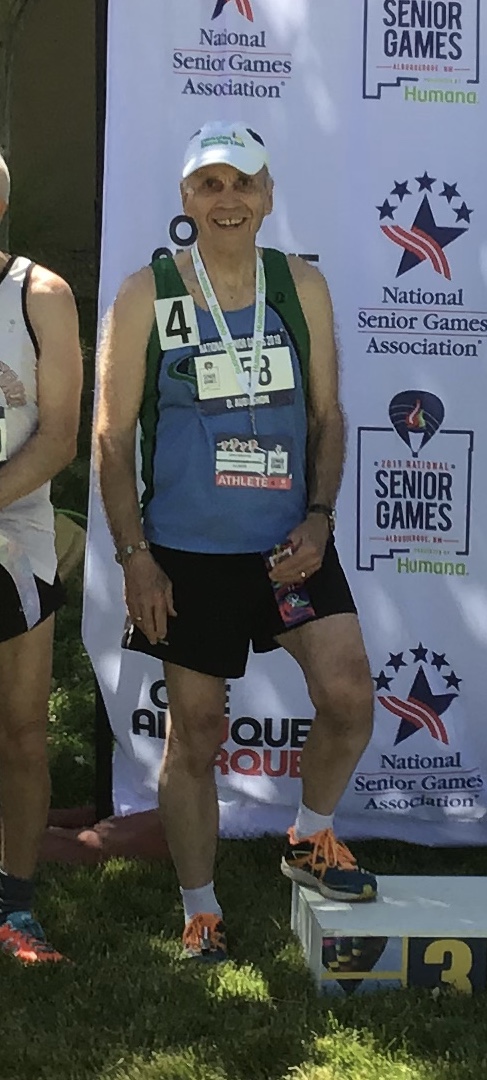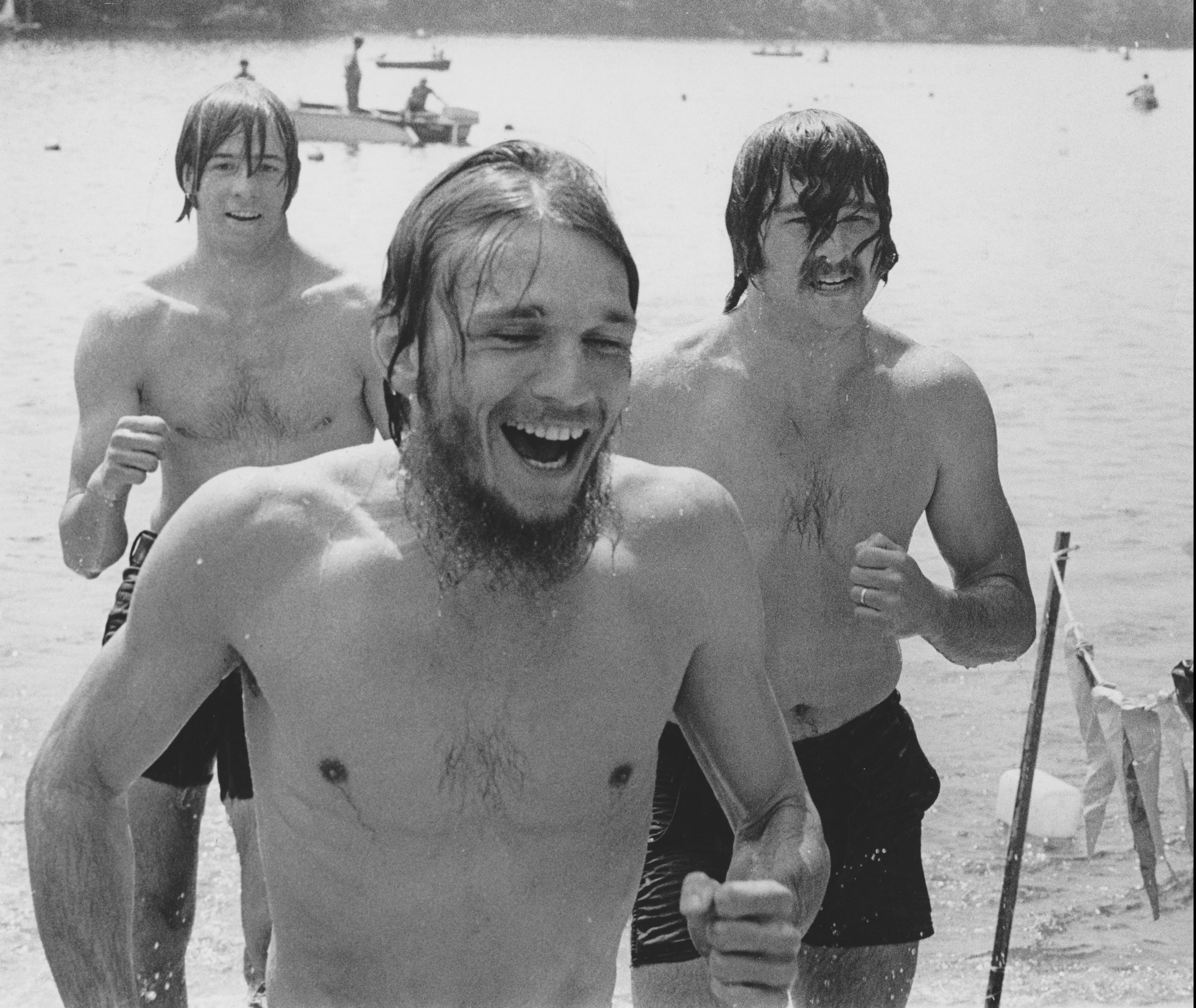I recently sat down with Evanston Running Club president Mellissa Polivka to discuss her goal of running a marathon in each of the 50 states. Running 50 marathons is in itself an extraordinary goal, but Melissa has upped the ante and wants to run one in each state. I wanted to find more about how it all started and why on earth she decided to do that.
This year she will run the Boston Marathon after qualifying in 2019, but having the race postponed because of Covid. That in itself is an accomplishment not all marathon runners get to experience.
We had a great conversation and here is her response to some of my questions and her thoughts about running.
When did you start running?
I went to Northwestern University as an undergraduate and played water polo, and I was a swimmer in high school. I consider myself a distance/endurance person in the water and on land. After I stopped swimming I wanted a casual way to stay in shape and running fit the bill. I always enjoyed long runs and found it easy to do 8-10 miles.
After running for a while I signed up for my first half marathon race. I had runs a few 5ks previously, but never a long run.
What was your first marathon, and when did the goal start?
It was about 2002 when many “normal’ people started running marathons, inspired by Oprah Winfrey and others. I jumped on the bandwagon and ran my first marathon in Indianapolis. It finished on the 50-yard line at the Notre Dame football stadium. I thought it wasn’t a big deal, but really it was a huge accomplishment, but I didn’t realize it at the time. I didn’t find it that difficult. I did the Chicago the next fall, and then the Madison Marathon on a whim. Following that I ran the New York Marathon, since I was there anyway on a work assignment and my expenses were paid. By that time I had run four marathons in four different states, and I thought, “I may as well run 50.”
And so the journey began.
I didn’t run any races for six years as I focused on my work and raising a family. There just wasn’t time to trail.
Do you have a coach, or what running program do you follow/
I don’t have a coach, but I follow Hal Higdon’s plan. I started out with the Novice plan and now it follow the Intermediate/Advanced program,.
What was your favorite marathon?
My favorite marathon was in Missoula, Montana. It was an incredible experience. When I got off the plane the air just smelled different. It was also my favorite post race experience. We did an inner tube float trip down the Clark Fork River. The cold water felt so good on my tired legs.
What was your least favorite marathon?
The White River Marathon in Arkansas. The race consisted of four loops of about six miles each, and it was the most dull thing ever. It was pure torture.
What was your hardest race?
My first race after having my kids was he North Country Trail Marathon. I had no idea what they meant by the word “trail.” I thought it would be like the Green Bay Trail, or running in Harm’s Woods on one of their trails. Instead it was 26.2 miles on single-track sand dunes. I was “totally, woefully unprepared.” There were about 150 people in the race. It was so sandy and footing was terrible. I fell once, and wondered how long it would be for someone to find me. But I endured and finished. “One more state down”” I said to myself.
Where are you on achieving your goal?
I have run marathons in 37 states and the Boston Marathon will be my 38th.


What keeps you motivated?
The goal is within my grasp. Also I don’t take anything for granted and I want to show my kids you can do hard things
What are some of your other thoughts about running and doing marathons?
I would rather run 15 miles than three miles. Every time I go out I have an adventure. I sort of get lost and a three-hour run for me is like a meditation. Running makes me feel alive. I mentally look around and experience my surroundings, the smells and the sights.

Every marathon is a complete adventure. I never know what I am getting into. I don’t study the course before the race or look at the topography to find out where the hills are and prepare in that way. The hills aren’t going to change so I just take them as they come. Every marathon is a complete surprise. I never know what I am getting into.
I love being outside in all kinds of weather.

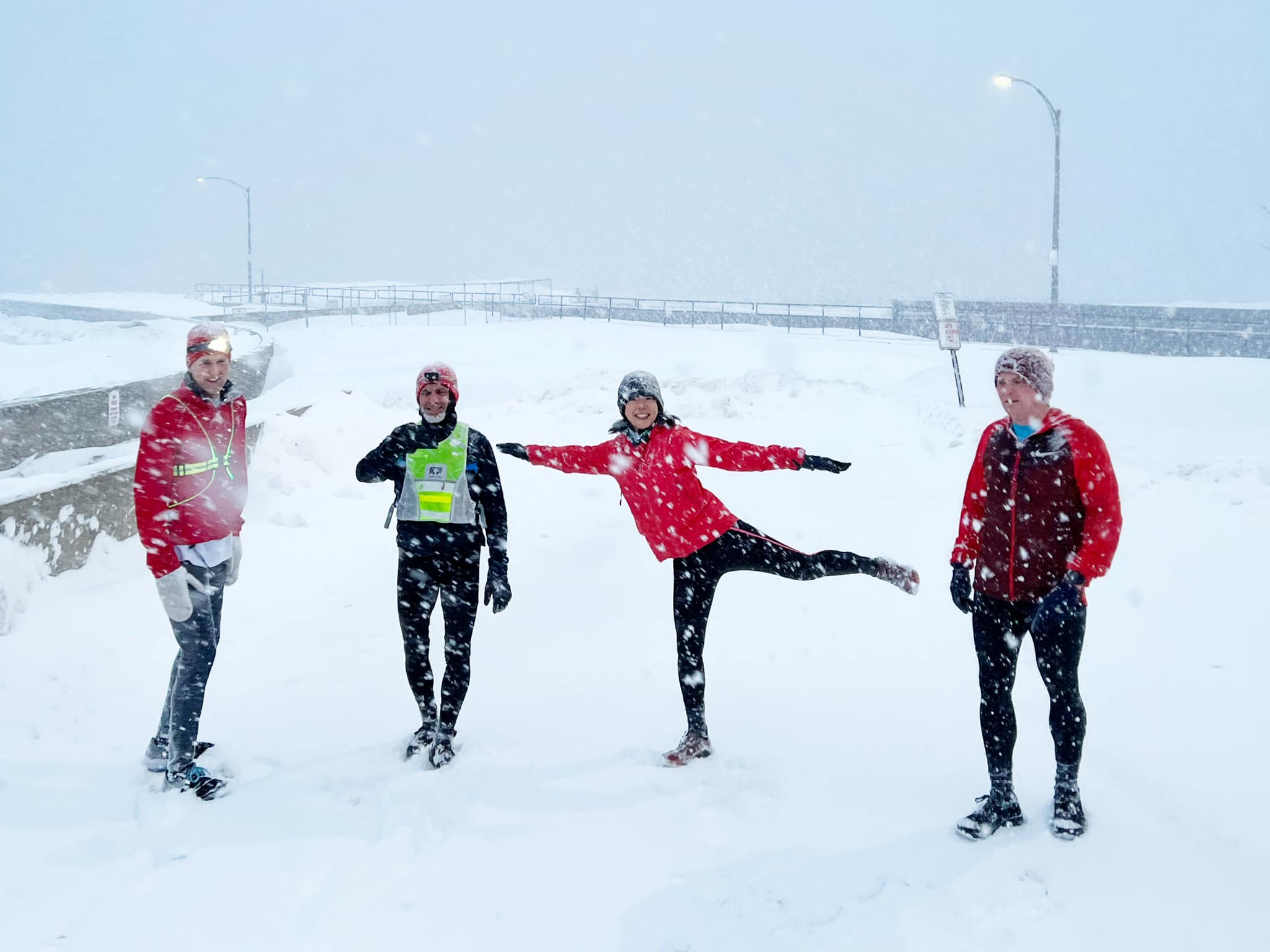
I am not much of a competitive runner. For me a marathon is just another training run that results in a medal. But I always want to finish.
What do you fear?
My ultimate fear is not finishing a race (a DNF in runner’s parlance). There is no way I am dragging my family back to Arkansas, or North Dakota, so I have to finish come hell or high water.
How has your running changed recently?
I am now running with faster people on Friday. It has changed my running and I see that I have room to improve. I have not peaked as a runner. I want to get better.
Melissa, we are in awe of your fortitude and dedication as you move toward your goal. We wish you a great race in this year’s Boston Marathon, which is so fitting to be your one race in the state of Massachusetts.

